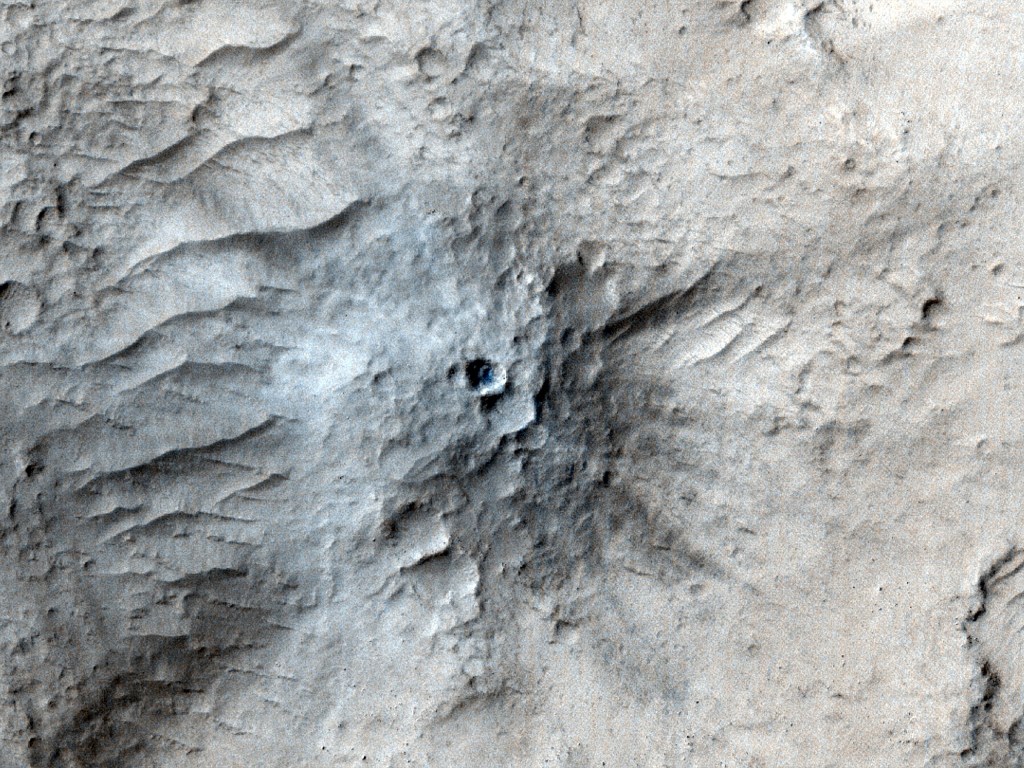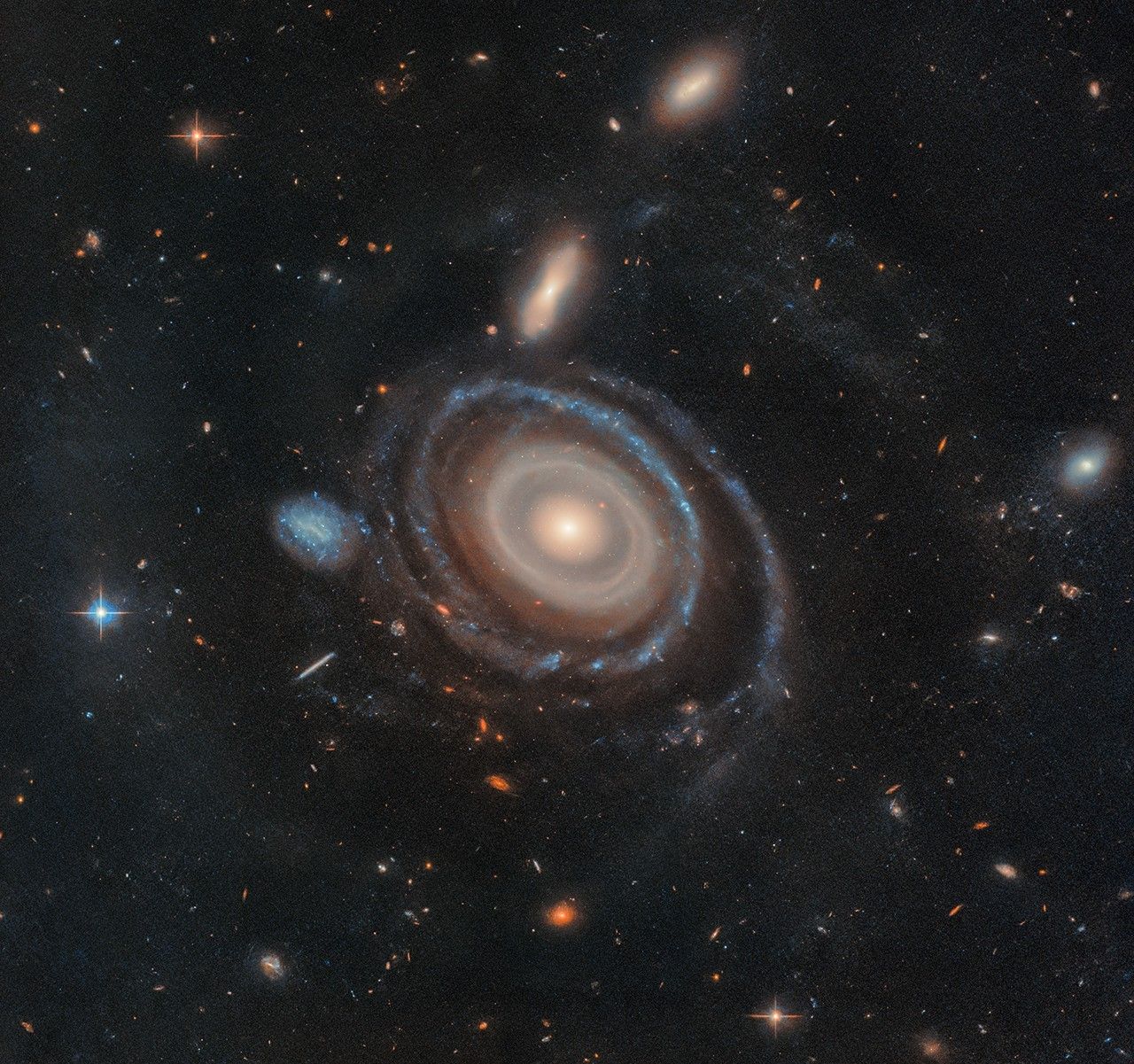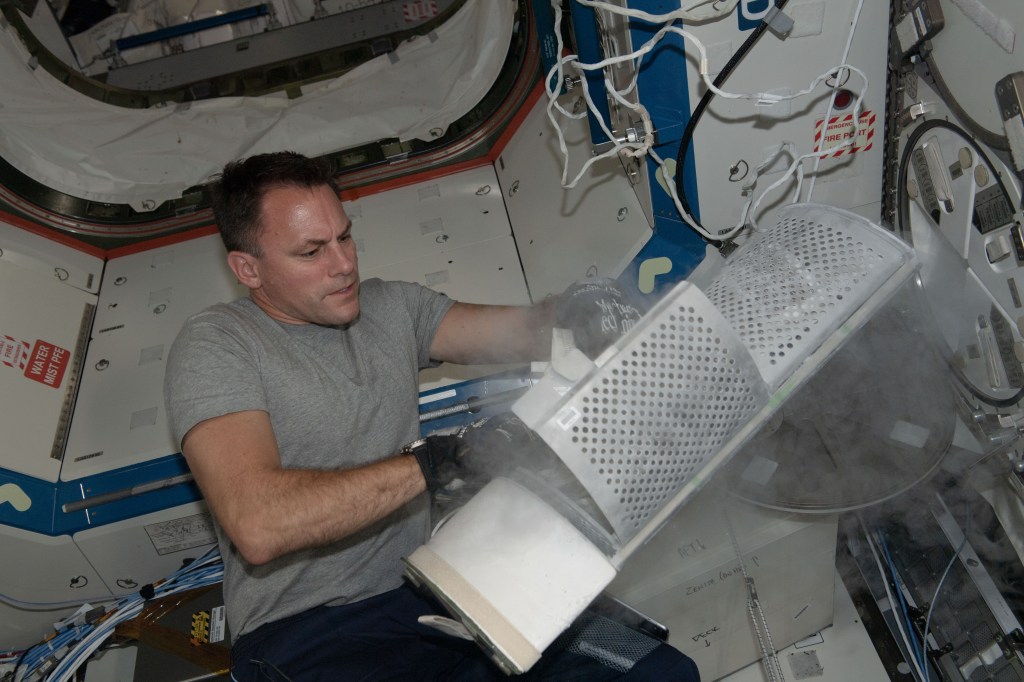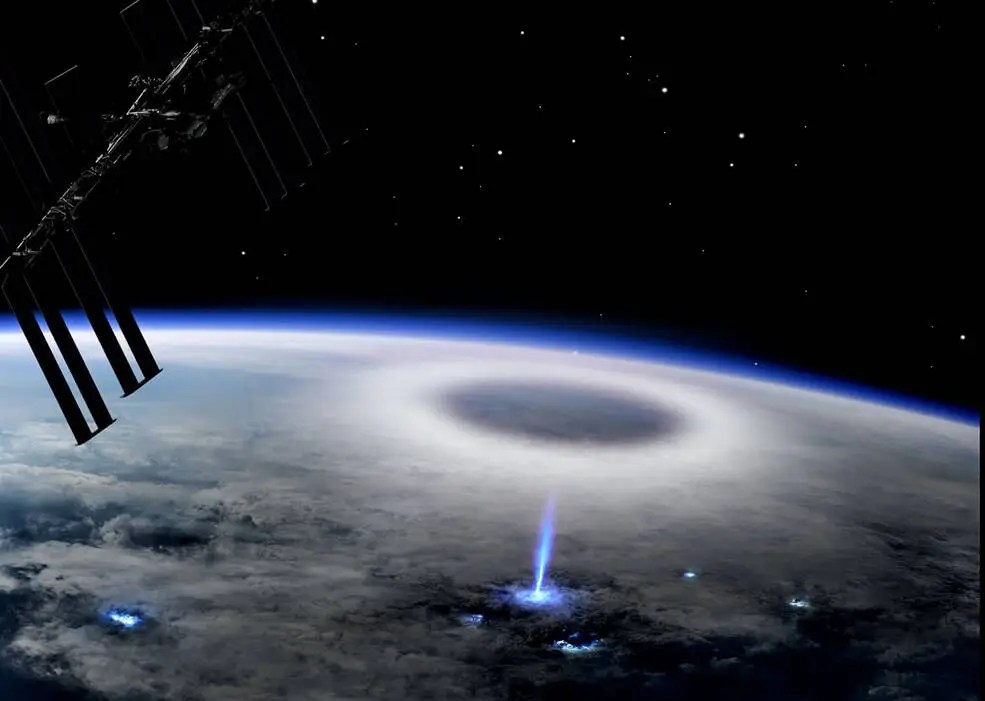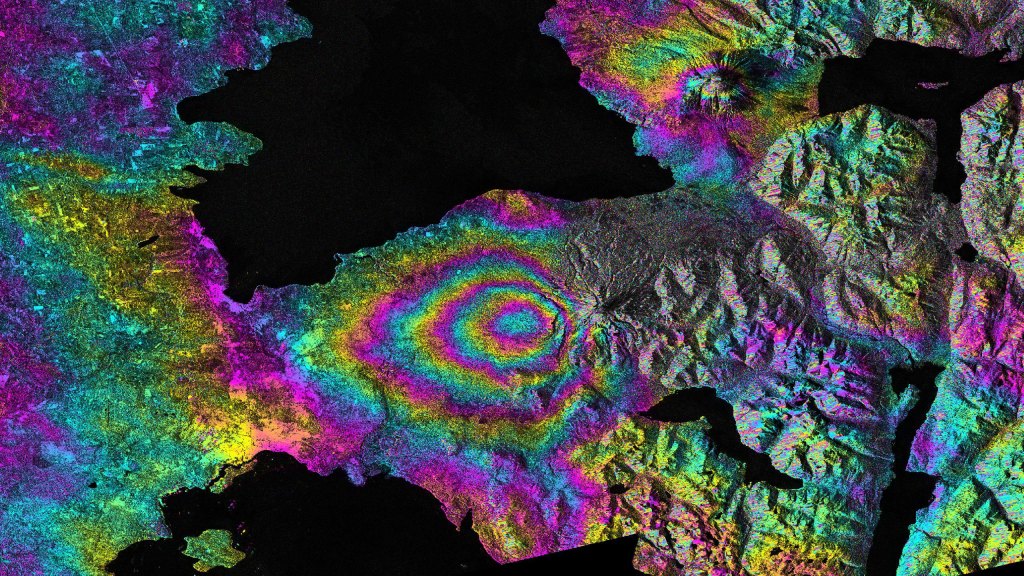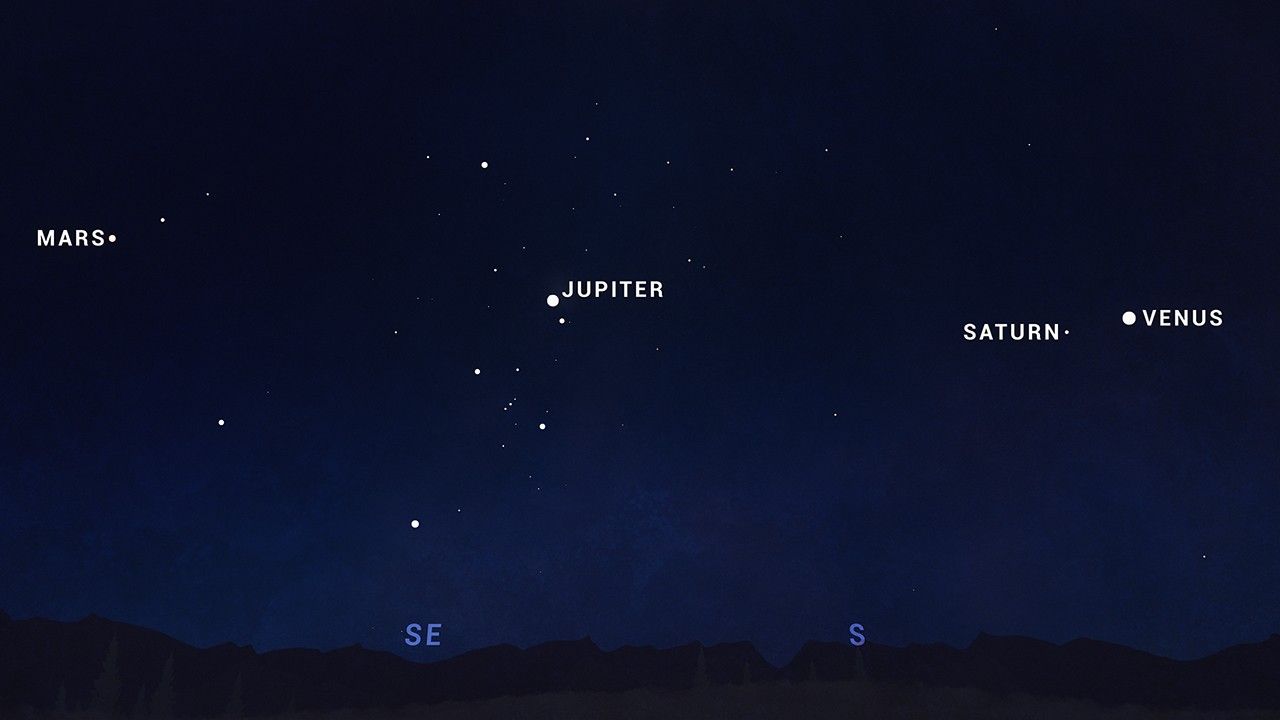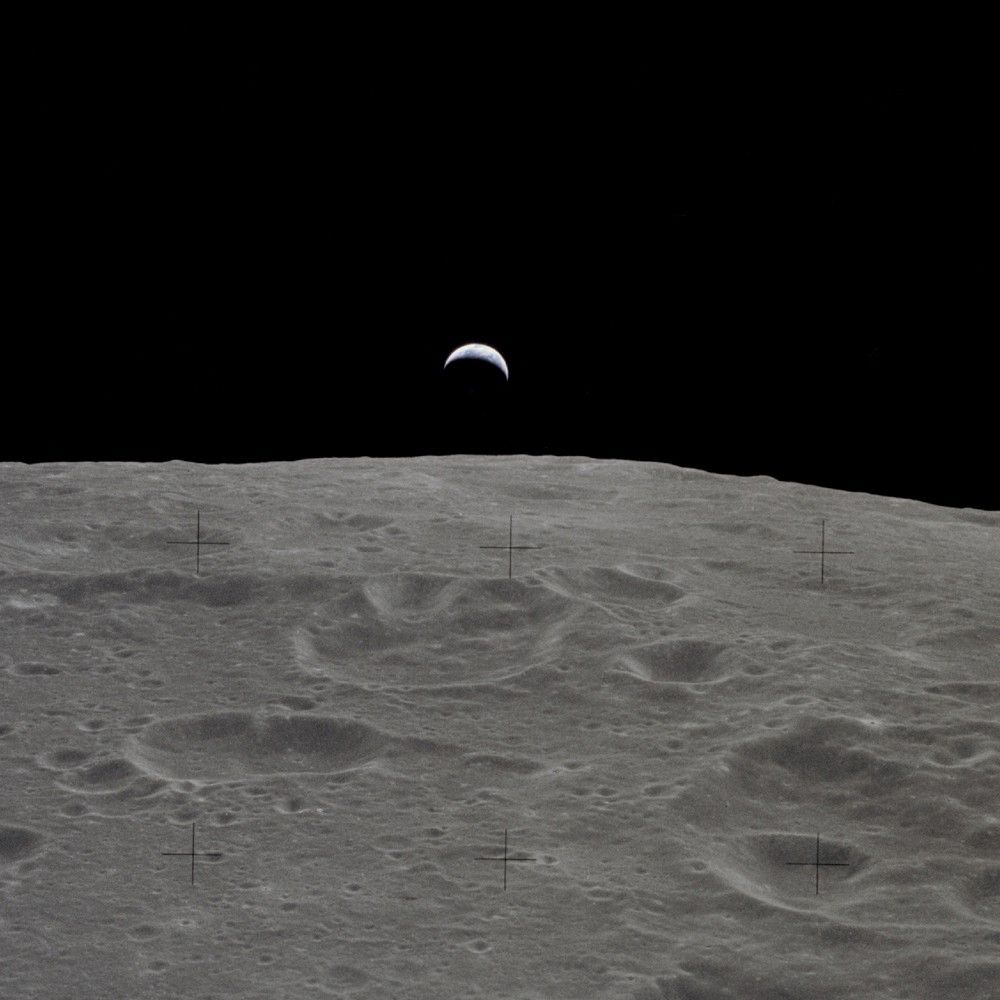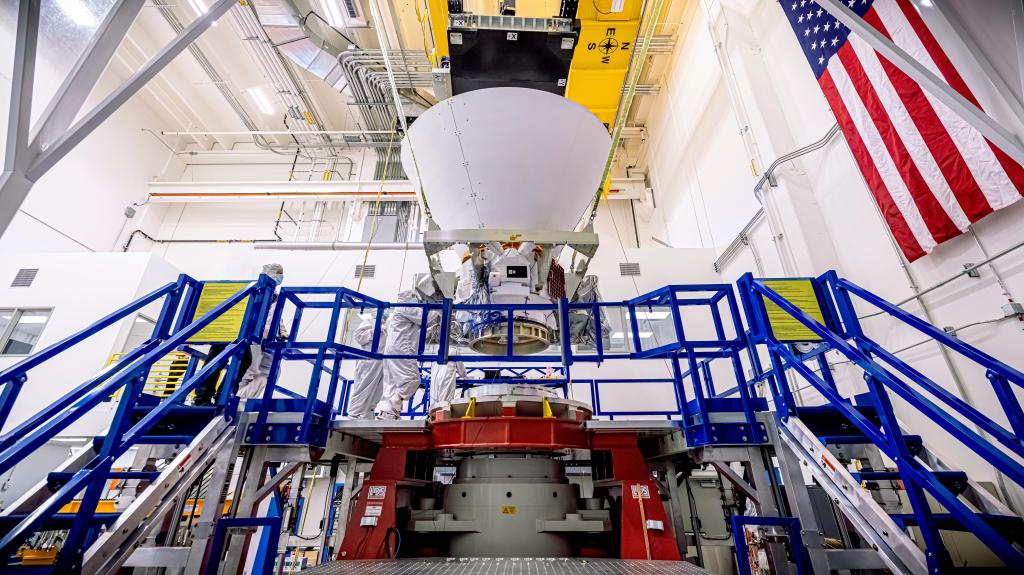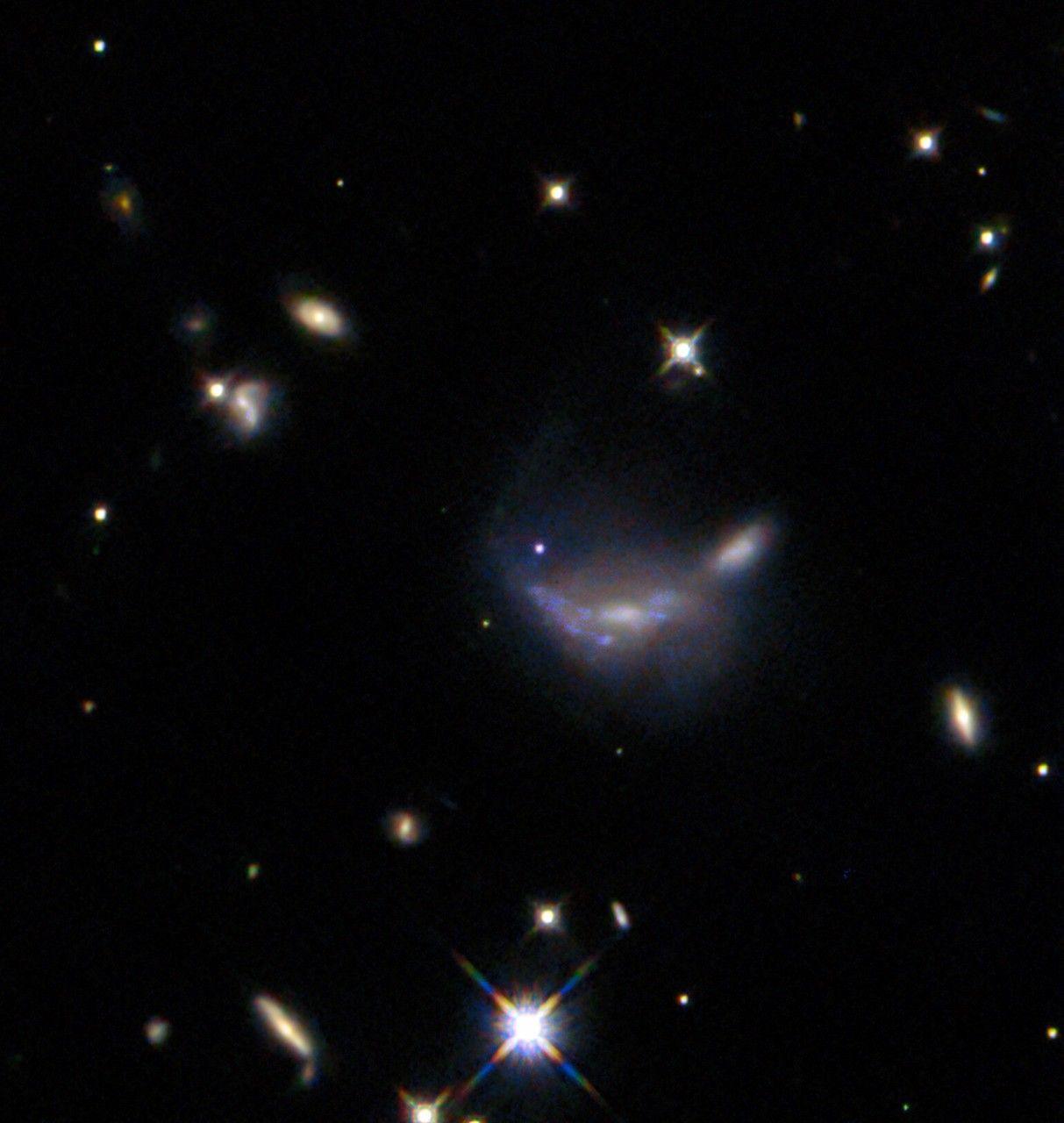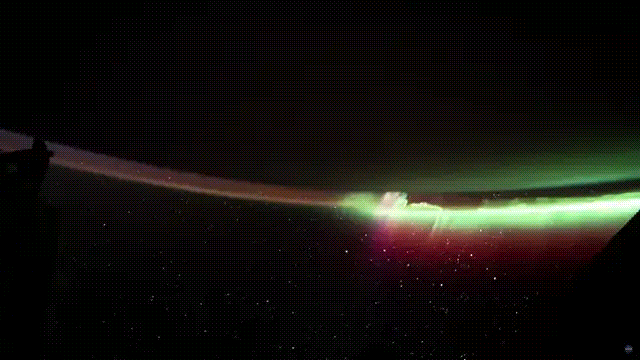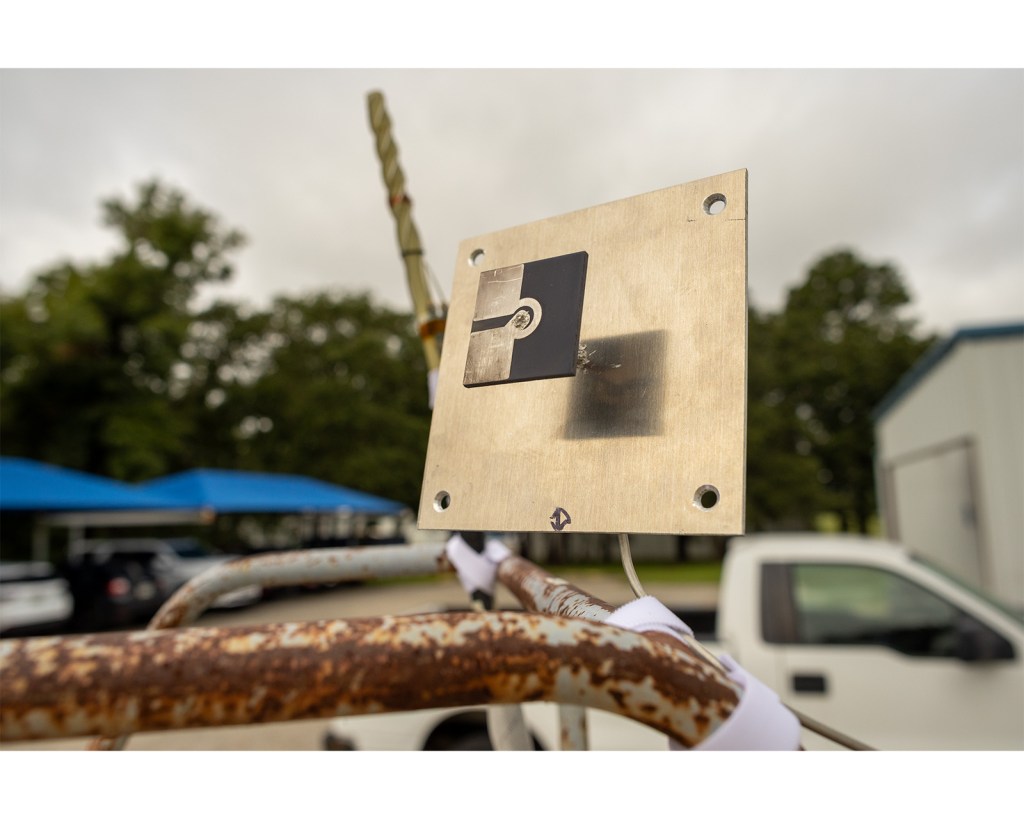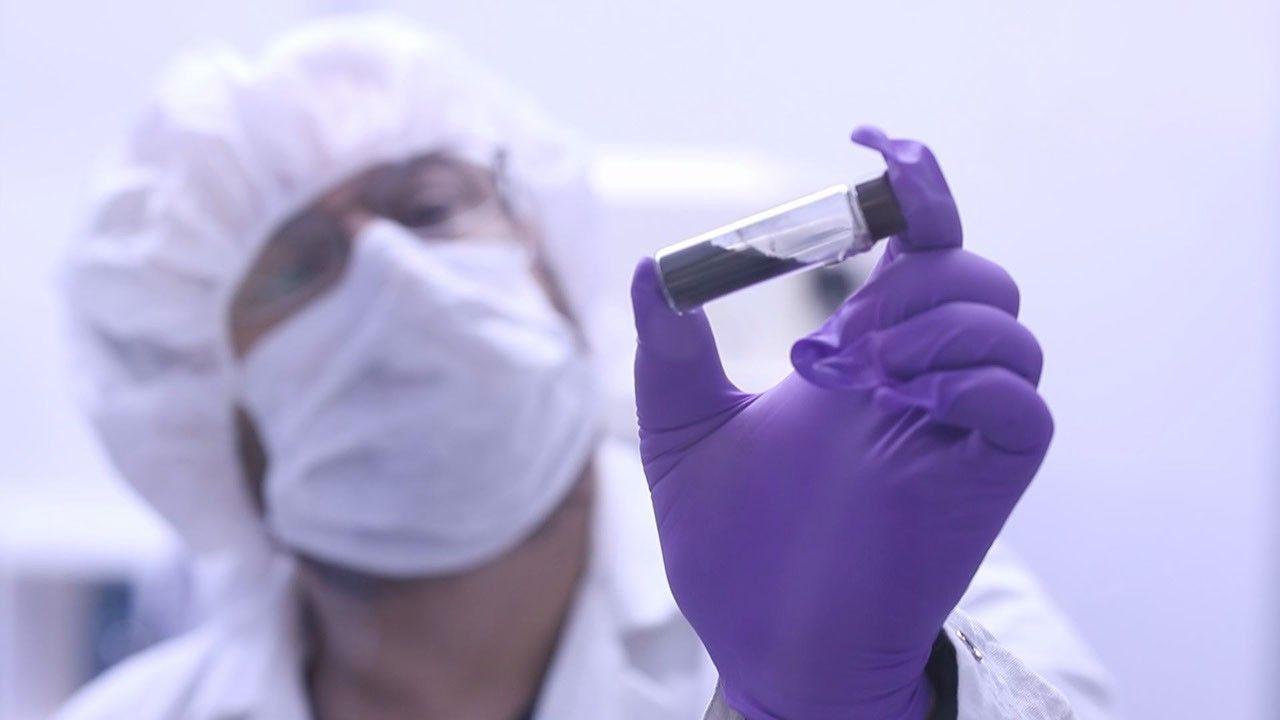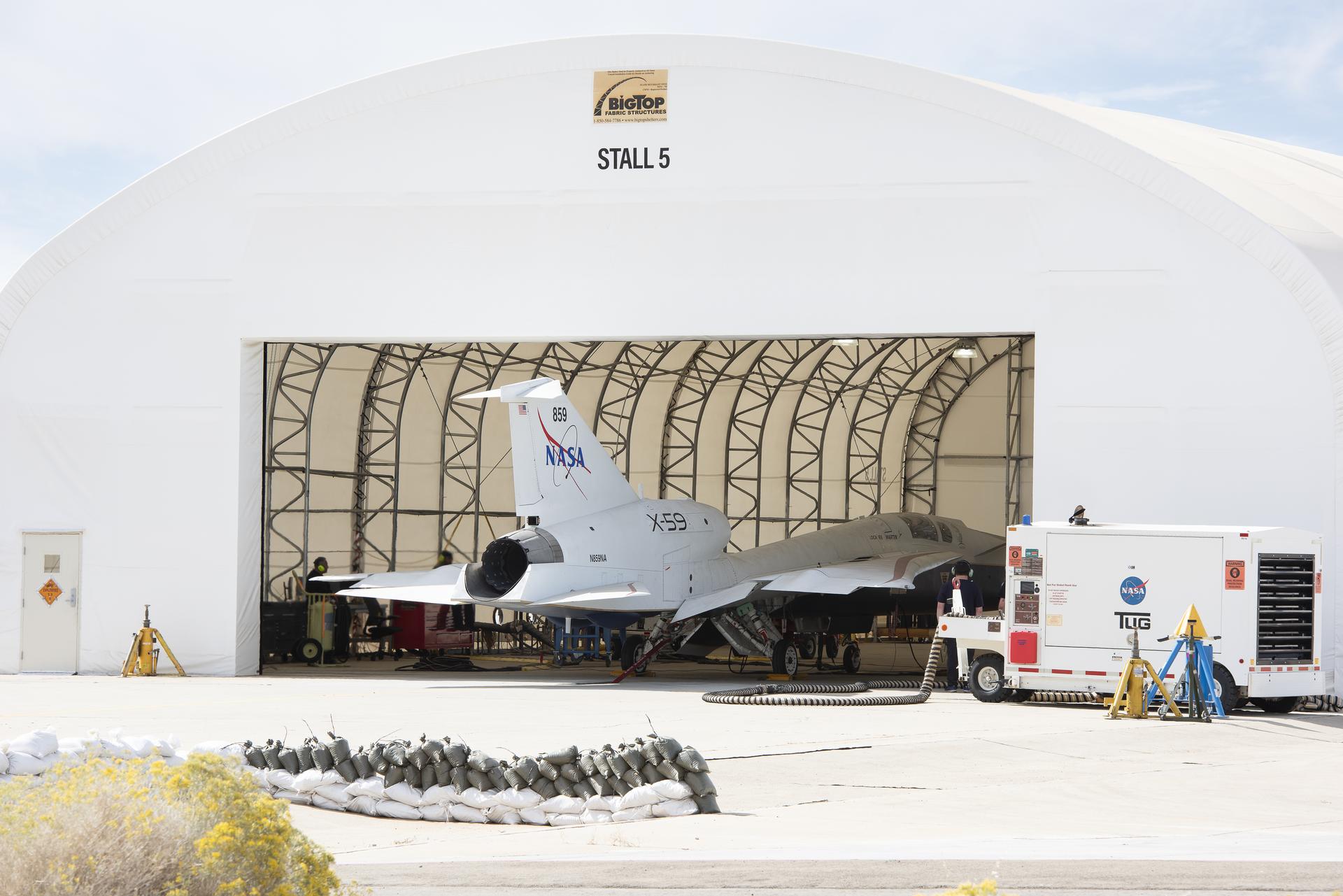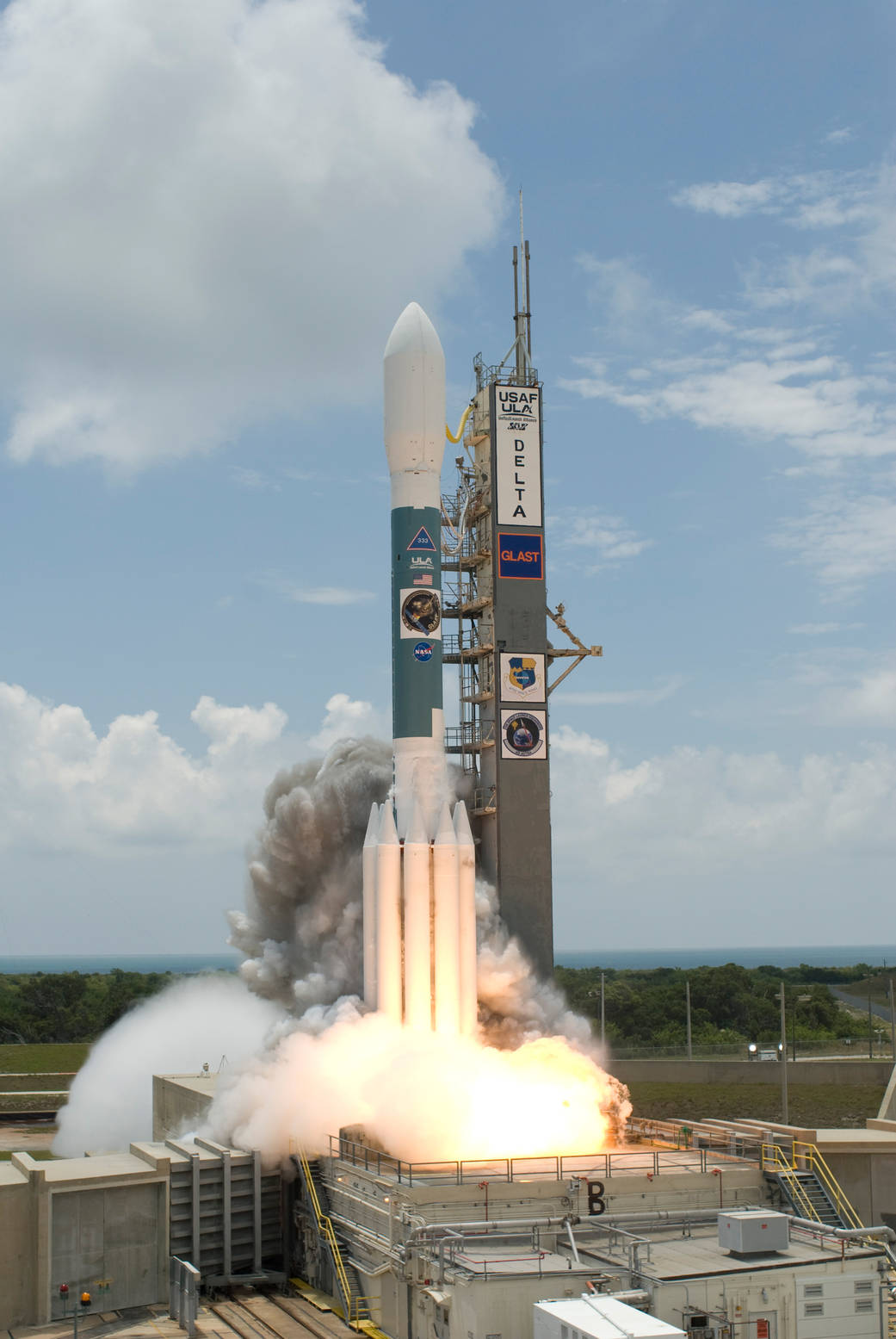
Launched on June 11, 2008, NASA’s Fermi Gamma-ray Space Telescope is an astrophysics and particle physics partnership, developed by NASA in collaboration with the U.S. Department of Energy, along with important contributions from academic institutions and partners in France, Germany, Italy, Japan, Sweden and the United States. Working together, the Large Area Telescope (LAT) and the Gamma-Ray Burst Monitor (GBM), serve as powerful tools for studying gamma-ray bursts, particularly for time-resolved spectral studies over a very large energy band. The development of the GBM and analysis of its observational data is a collaborative effort between the National Space Science and Technology Center in Huntsville, Alabama and the Max Planck Institute for Extraterrestrial Physics (MPE) in Germany.
Image credit: NASA

